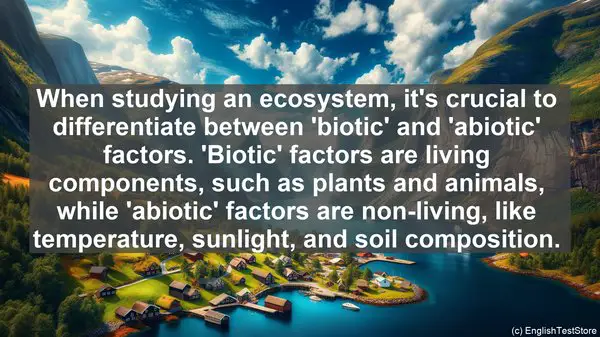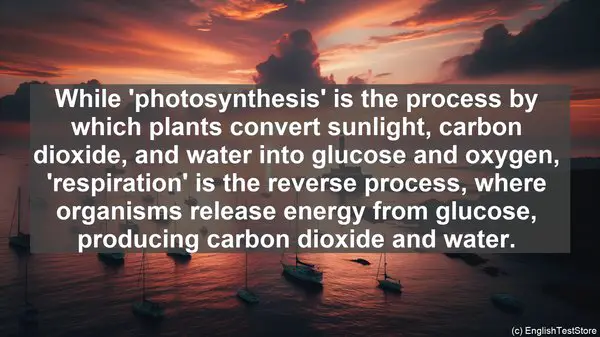Introduction
Welcome to our lesson on the top 10 commonly confused words in ecological modelling. As students, it’s essential to grasp the nuances of these terms to excel in this field. So, let’s get started!
1. Population vs. Community
While both terms refer to groups of organisms, ‘population’ specifically denotes a group of individuals of the same species in a given area, whereas ‘community’ encompasses multiple populations of different species interacting in a shared habitat.
2. Habitat vs. Niche
A ‘habitat’ is the physical environment where an organism lives, including abiotic factors. On the other hand, a ‘niche’ refers to an organism’s role, encompassing its interactions, resources, and adaptations within the habitat.
3. Biotic vs. Abiotic
When studying an ecosystem, it’s crucial to differentiate between ‘biotic’ and ‘abiotic’ factors. ‘Biotic’ factors are living components, such as plants and animals, while ‘abiotic’ factors are non-living, like temperature, sunlight, and soil composition.
4. Immigration vs. Emigration
These terms are often confused when discussing population dynamics. ‘Immigration’ refers to individuals entering a population from another area, while ’emigration’ is the departure of individuals from a population to another location.

5. Density vs. Dispersion
While ‘density’ refers to the number of individuals in a given area, ‘dispersion’ describes their spatial arrangement. It can be ‘clumped’ (individuals grouped), ‘uniform’ (evenly spaced), or ‘random’ (no specific pattern).
6. Primary vs. Secondary Succession
Both ‘primary’ and ‘secondary’ succession describe the process of ecosystem development. ‘Primary succession’ occurs in a completely new habitat, such as a volcanic island, while ‘secondary succession’ happens in an existing ecosystem after a disturbance, like a forest fire.
7. Endangered vs. Threatened
When discussing species conservation, ‘endangered’ and ‘threatened’ have distinct meanings. An ‘endangered’ species is at a higher risk of extinction, while a ‘threatened’ species is likely to become endangered if conservation measures are not taken.
8. Producer vs. Consumer
In an ecosystem’s food chain, ‘producers’ (plants, algae) convert sunlight into energy through photosynthesis, while ‘consumers’ (herbivores, carnivores) obtain energy by consuming other organisms.
9. Trophic Level vs. Food Chain
A ‘trophic level’ refers to the position of an organism in a food chain, such as primary, secondary, or tertiary. A ‘food chain’ illustrates the linear flow of energy, showing who eats whom in an ecosystem.
10. Respiration vs. Photosynthesis
While ‘photosynthesis’ is the process by which plants convert sunlight, carbon dioxide, and water into glucose and oxygen, ‘respiration’ is the reverse process, where organisms release energy from glucose, producing carbon dioxide and water.

